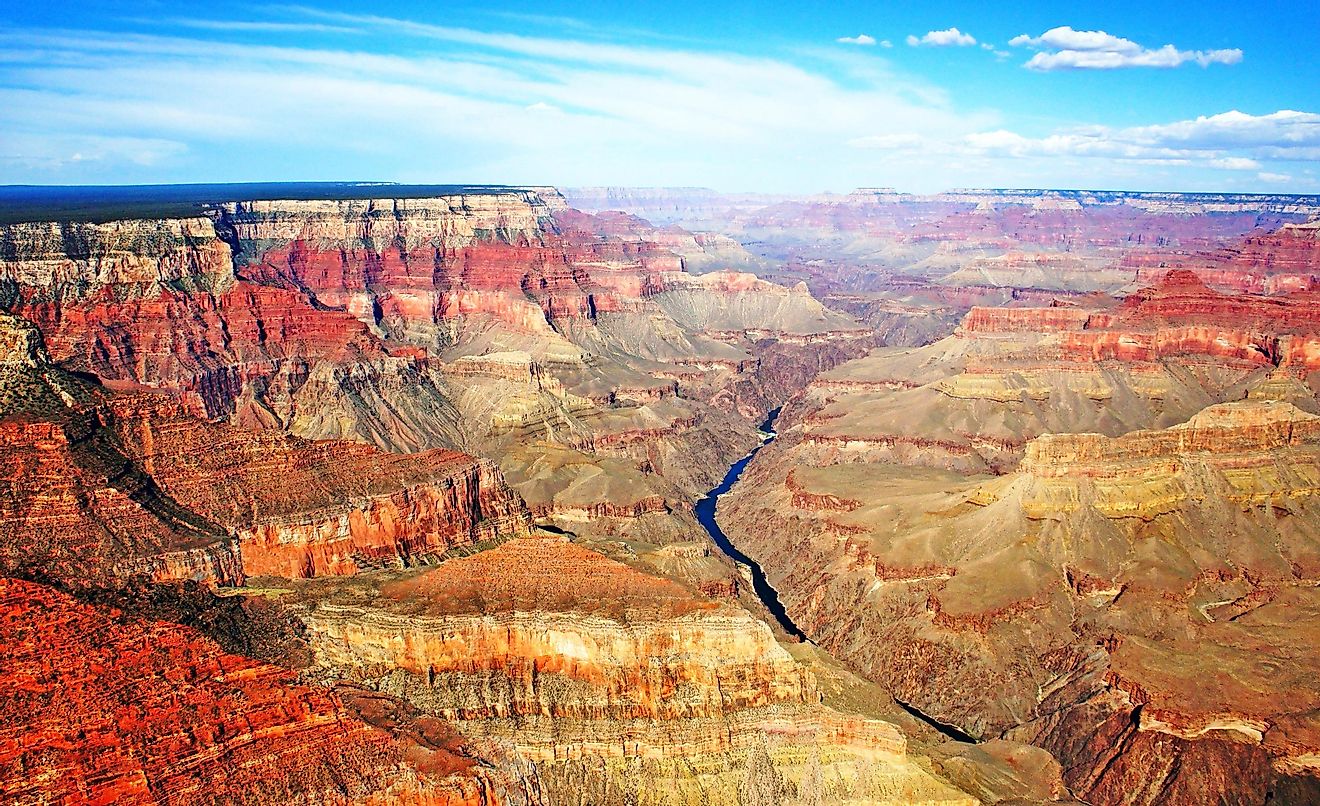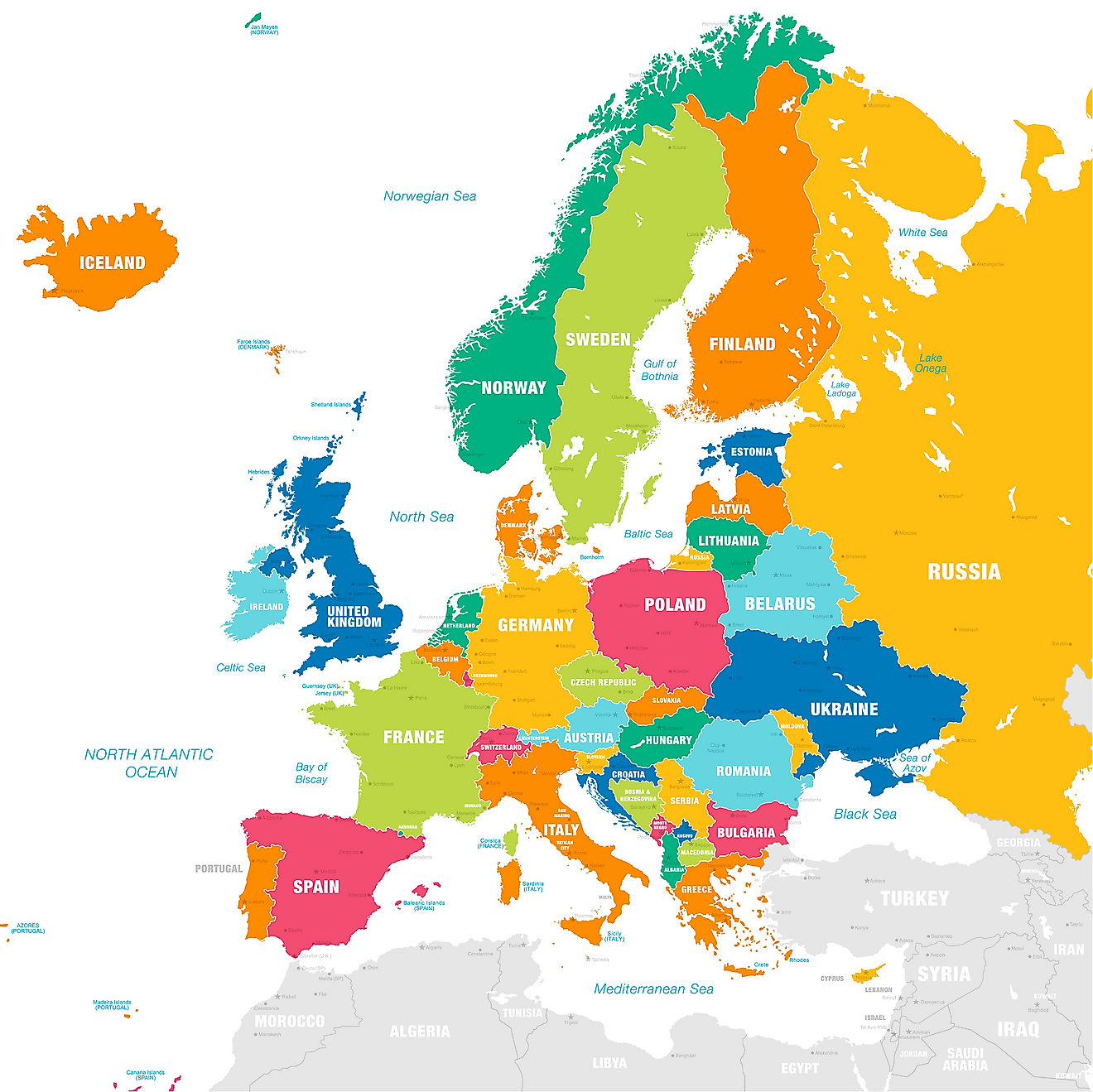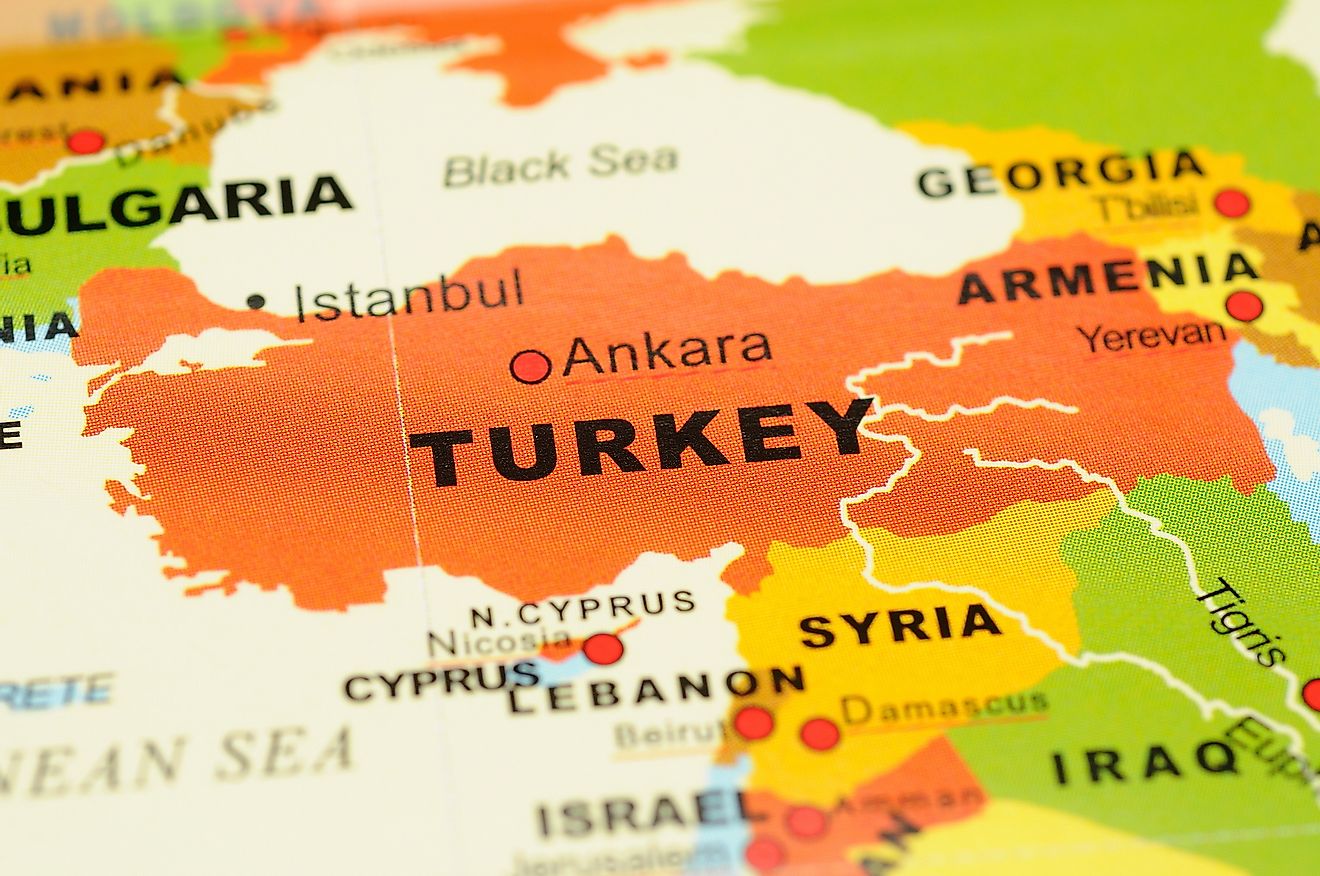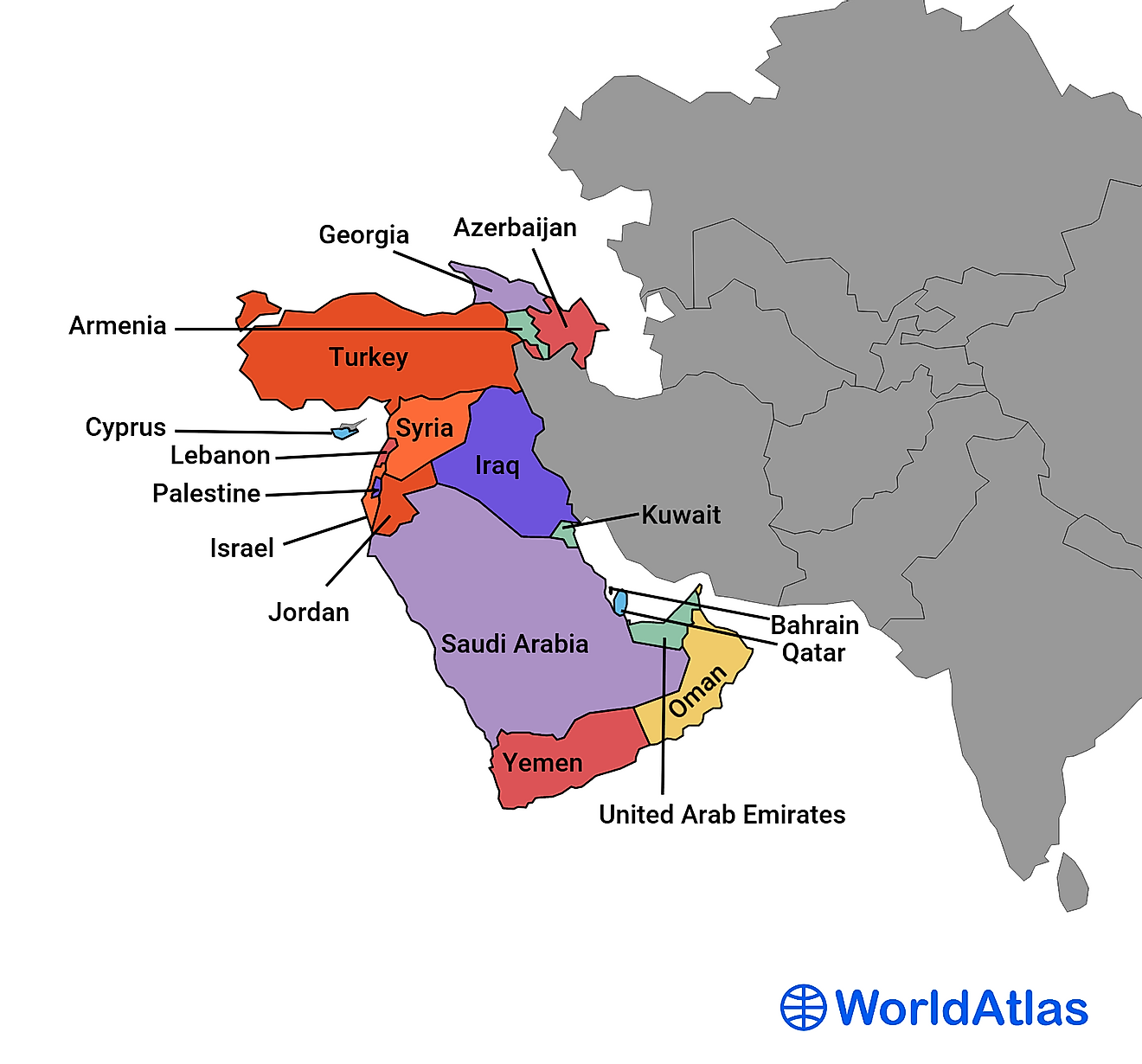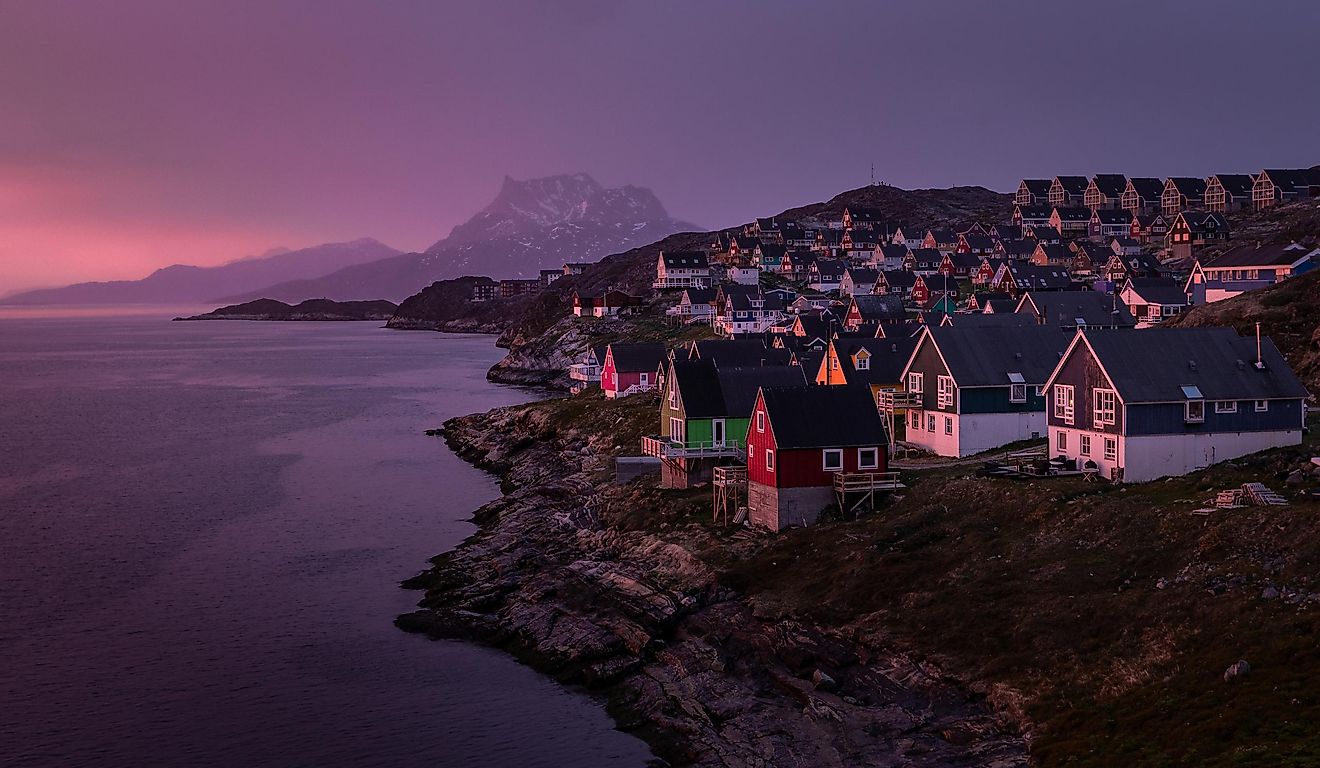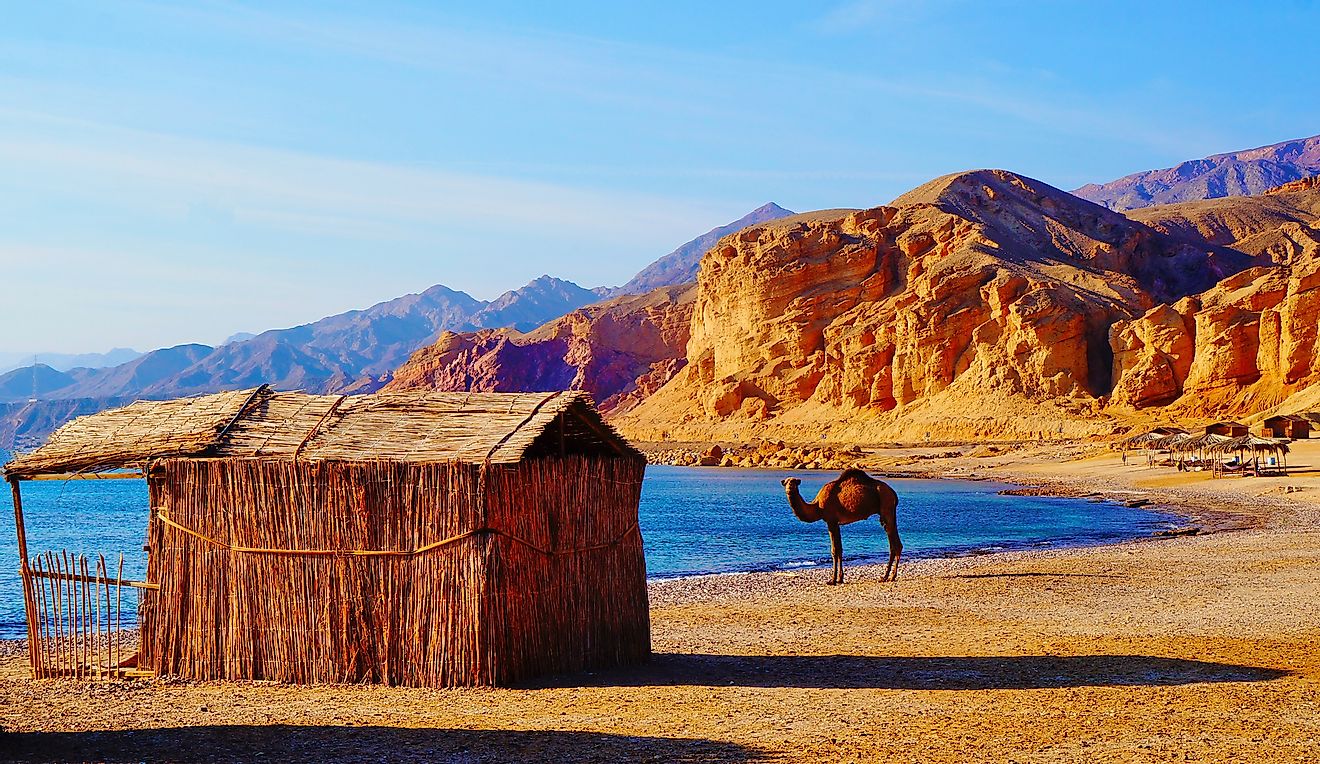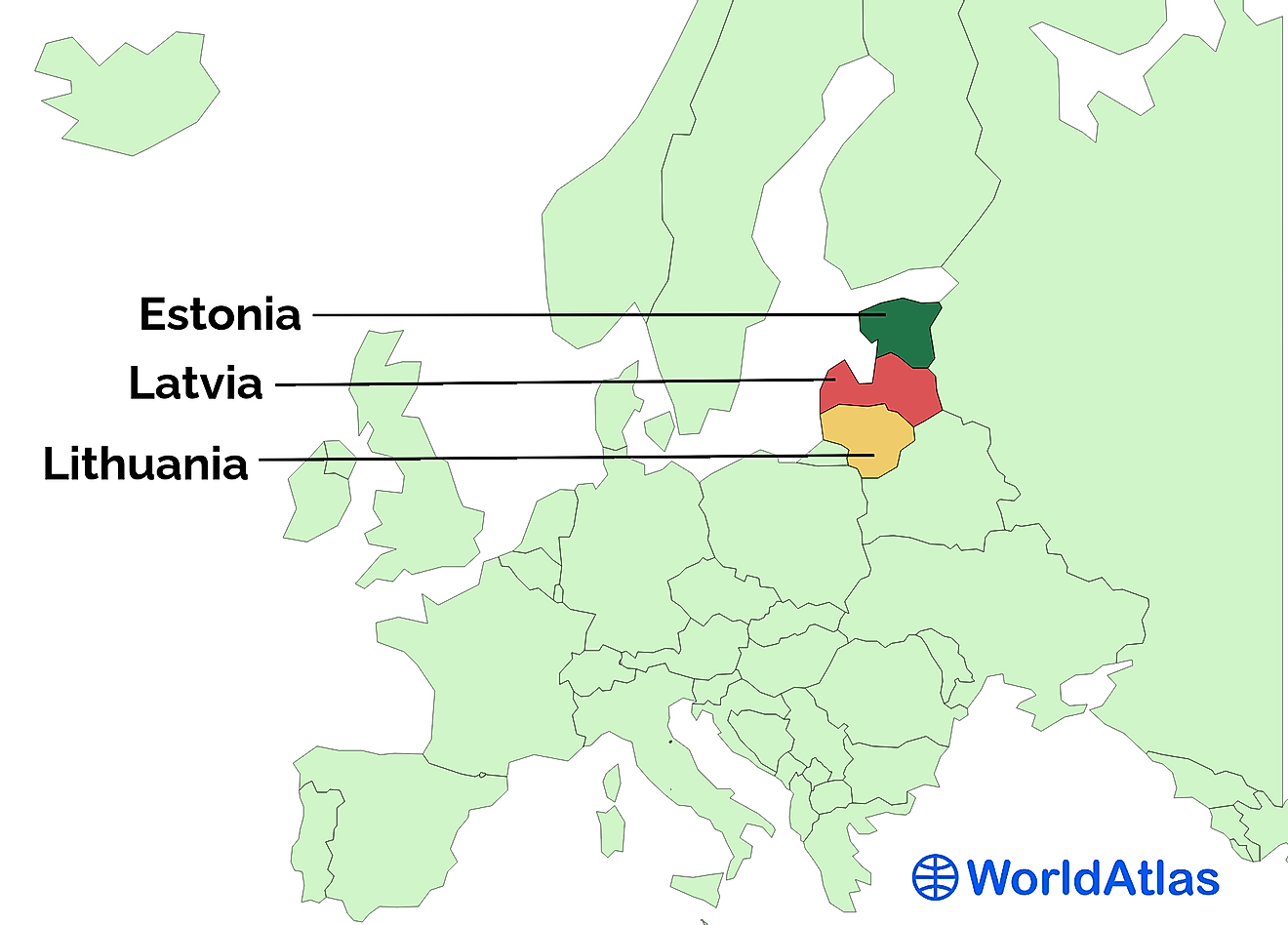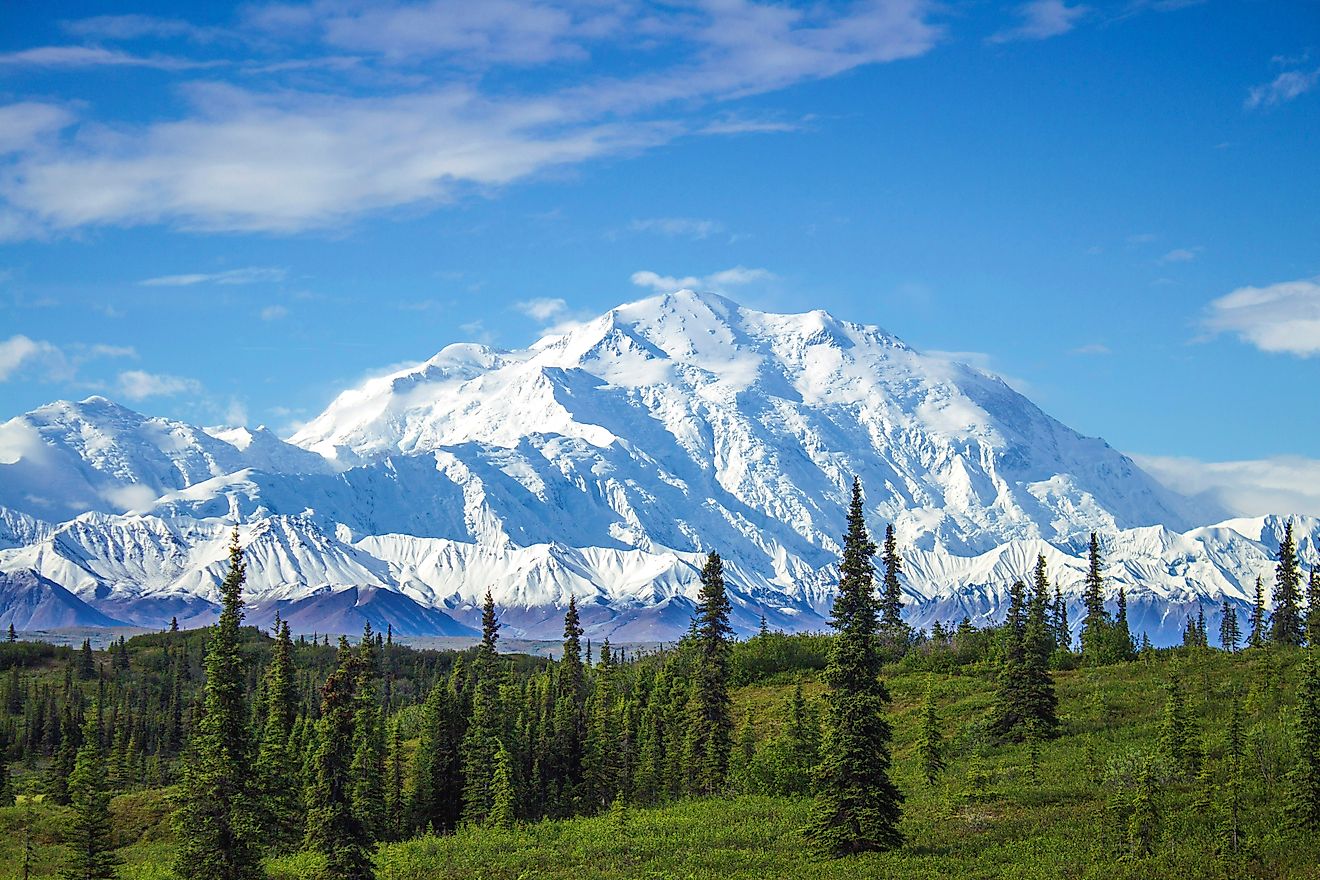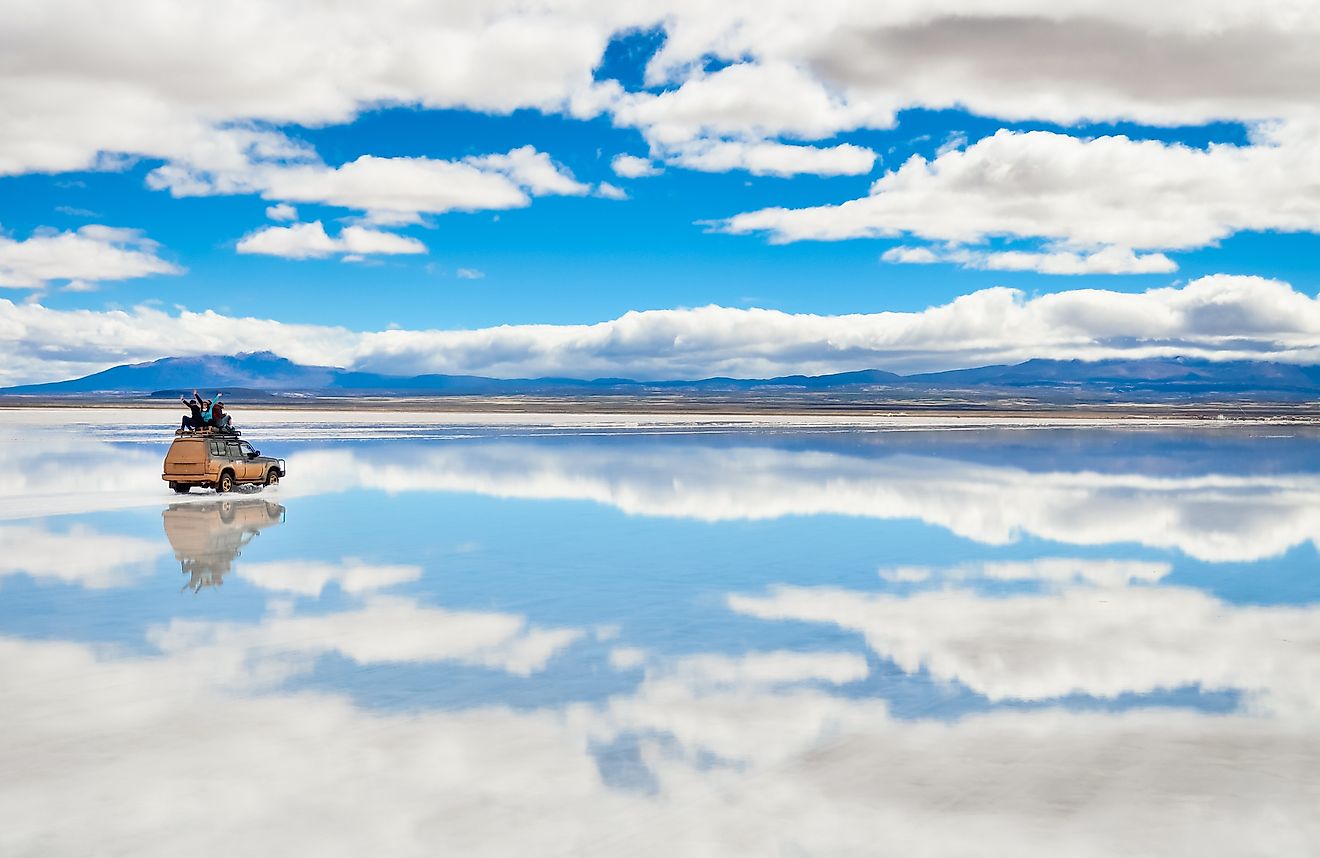Central European Countries
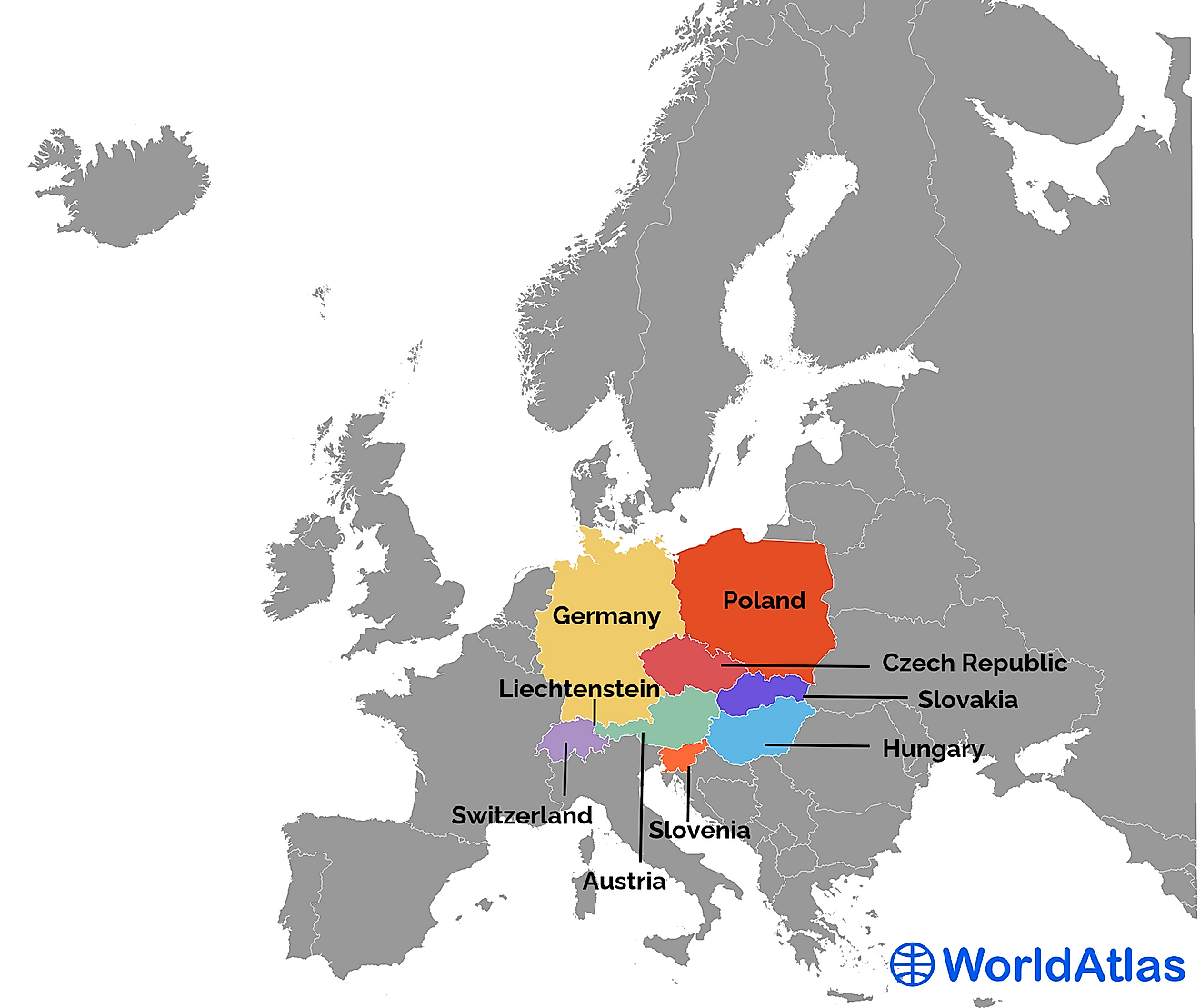
- There are 9 countries that can be considered as being part of Central Europe.
- The Holy Roman Empire and Austro-Hungarian Empire both controlled large parts of Central Europe.
- Countries considered part of Central Europe are also considered to be part of Western Europe, Eastern Europe, or Southern Europe.
- Germany is the largest and most populous country in Central Europe. Liechtenstein is the smallest and least populous.
- All the countries of Central Europe, except Switzerland and Liechtenstein, are part of the European Union.
As the term implies, Central Europe is the central area of Europe. There are 9 countries that could be considered part of Central Europe: Austria, the Czech Republic, Germany, Hungary, Liechtenstein, Poland, Slovakia, Slovenia, and Switzerland. However, there is no clear consensus on whether or not all of these countries should be considered part of Central Europe. In addition, all of the aforementioned countries are considered to be part of other regions of Europe. Germany, Switzerland, Austria, and Liechtenstein, for example, are generally regarded as being part of Western Europe. In contrast, the Czech Republic, Slovakia, Hungary, and Poland are considered part of Eastern Europe. Slovenia is normally regarded as a country in Southern Europe. In fact, Central Europe does not even exist in the context of the United Nations’ Geoscheme, which is often used to categorize different parts of each continent into subregions for statistical purposes.
Contemporary Central Europe

In a way, Central Europe is the crossroads of the continent. It is where elements of Western European and Eastern European cultures meet. From a linguistic perspective, Poland, the Czech Republic, Slovakia, and Slovenia each have their own languages, though they are all Slavic languages. German is spoken in Germany, Austria, Switzerland, and Liechtenstein, while Hungarian is spoken in Hungary. Switzerland, unlike the other countries of Central Europe, is multiethnic and multilingual. In fact, the country has three official languages, German, French, and Italian.

In terms of demographics and economics, Germany thoroughly dominates. Approximately 84 million people live in Germany, which is more than the populations of all the other countries of Central Europe combined. Germany also has the biggest economy, not just in Central Europe, but in Europe as a whole. Moreover, Germany is the largest country in Central Europe, with a total land area of 348,560 sq. km.
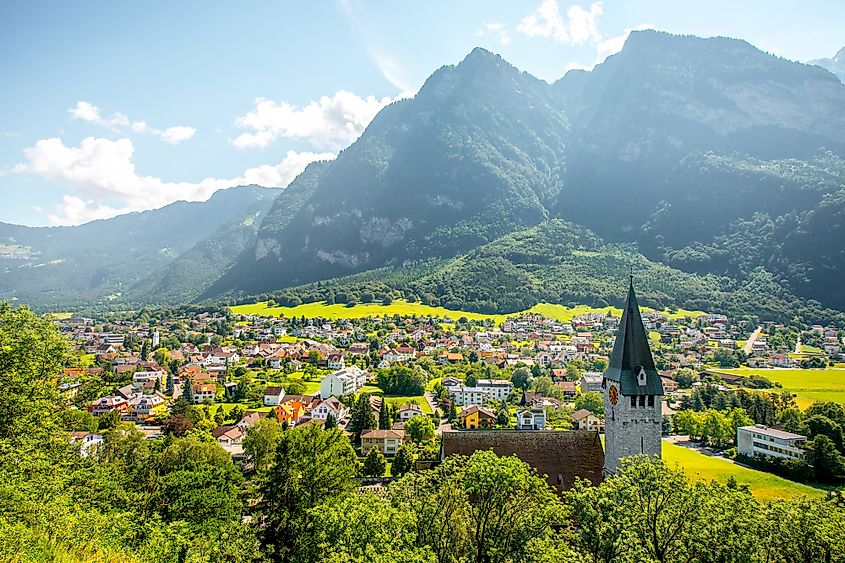
In contrast, Liechtenstein, which is sandwiched between Austria and Switzerland, is the smallest and least populous country in Central Europe. Its land area is just 160 sq. km, and its population is not much more than 38,000. Nevertheless, Liechtenstein is a very rich country. In fact, it has the second highest GDP per capita in the world.
A Brief History Of Central Europe

The history of what we now know as Central Europe arguably begins with the birth of the Holy Roman Empire. The empire was first created in 800 CE, when Pope Leo III crowned the Frankish king Charlemagne emperor of the Romans, thus restoring the title that had been vacant since the fall of the West Roman Empire in 476. At the time, the Holy Roman Empire controlled the territory of present-day Germany, the Netherlands, Belgium, Luxembourg, Switzerland, Austria, the Czech Republic, Slovakia, Slovenia, as well as parts of eastern France, northern Italy, and western Poland. In 962, the first emperor of German descent, Otto I, was crowned emperor. From then on, the title of Holy Roman Emperor would be in German hands.
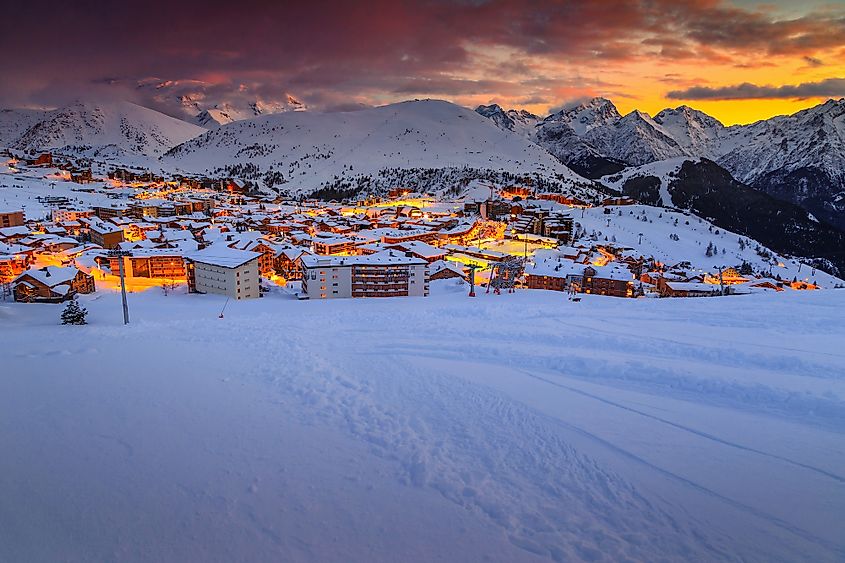
In 1512, the official name of the Holy Roman Empire would be changed to the Holy Roman Empire of the German Nation. At this point, the empire controlled the bulk of Central Europe, with France to the west, and Hungary and Poland to the east. The empire reached the shores of the Baltic and North Seas in the north, and the Alps to the south. Vital trade routes, including the Rhine, Main, Danube, and Elbe rivers were under the control of the Holy Roman Empire. On the shores of these rivers were large cities, including Cologne, Frankfurt, Vienna, and Hamburg. In 1806, after the French emperor Napoleon conquered much of Germany, Holy Roman Emperor Francis II dissolved the Holy Roman Empire and proclaimed himself emperor of Austria. Germany would be disunited until 1871, when it was united under the leadership of Prussian Prime Minister Otto Von Bismarck.
On the eve of the First World War, most of the rest of Central Europe was under the control of the Austro-Hungarian Empire. This included present-day Austria, Hungary, the Czech Republic, Slovakia, Slovenia, Croatia, Bosnia-Herzegovina, as well as large parts of Poland and Romania. When WWI ended, the Austro-Hungarian Empire was dissolved and divided into separate nation-states. Thus, the new countries of Austria, Hungary, and Czechoslovakia were formed. The region of Transylvania was ceded to Romania, and present-day Slovenia, Croatia, and Bosnia-Herzegovina would become part of Yugoslavia.
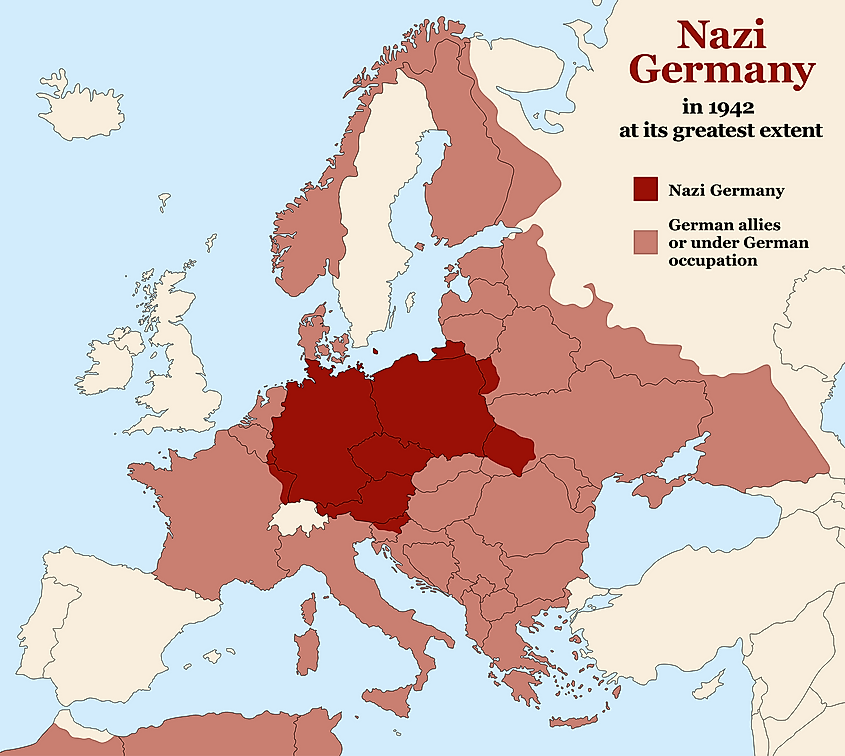
During World War II, Nazi Germany conquered all of Central Europe, except for Switzerland and Liechtenstein. Some of the Nazis’ worst atrocities were committed in the region. Many of the Nazis’ concentration camps, for example, were located in Central Europe, including Dachau, Treblinka, and Auschwitz-Birkenau. Approximately one million Jews were murdered at Auschwitz-Birkenau alone. Indeed, the once vibrant Jewish communities of Central Europe were almost completely annihilated. In Poland, for example, there were more than three million Jews before the onset of WWII. After the war, there were just 380,000 left.
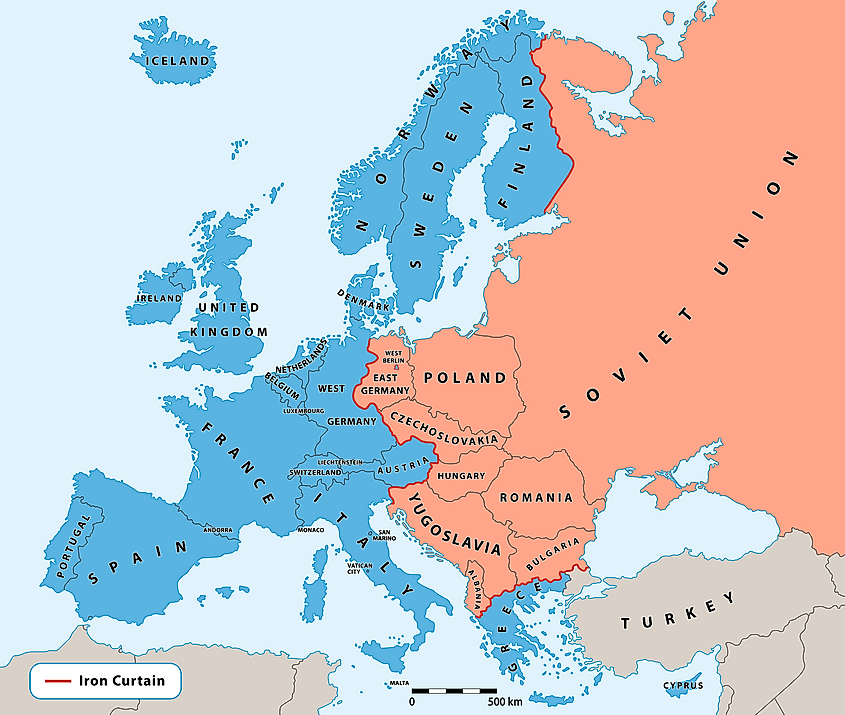
After WWII, all of Eastern Europe, including the Central European states of Poland, Hungary, and Czechoslovakia, would come under communist rule. Most of the region became part of the Eastern bloc, led by the Soviet Union during the Cold War. After the fall of the Iron Curtain in 1989, and the collapse of the Soviet Union in 1991, a wave of nationalism swept the former Eastern bloc countries, including those of Central Europe. Czechoslovakia was split in two, and became the separate states of the Czech Republic and Slovakia. Yugoslavia violently broke up over the course of the 1990s. Slovenia would be one of the first of the former Yugoslav states to become independent.
Central Europe Today
Since the 1990s, Central Europe has been swept up in the process of European integration. Hence, all the countries of present-day Central Europe, excluding Switzerland and Liechtenstein, are part of the European Union (EU). Most Central European countries are also part of the NATO military alliance. In the last few years, however, the popularity of European integration has dampened, and a new wave of nationalism has taken hold in Central Europe, as it as in other parts of the continent.
